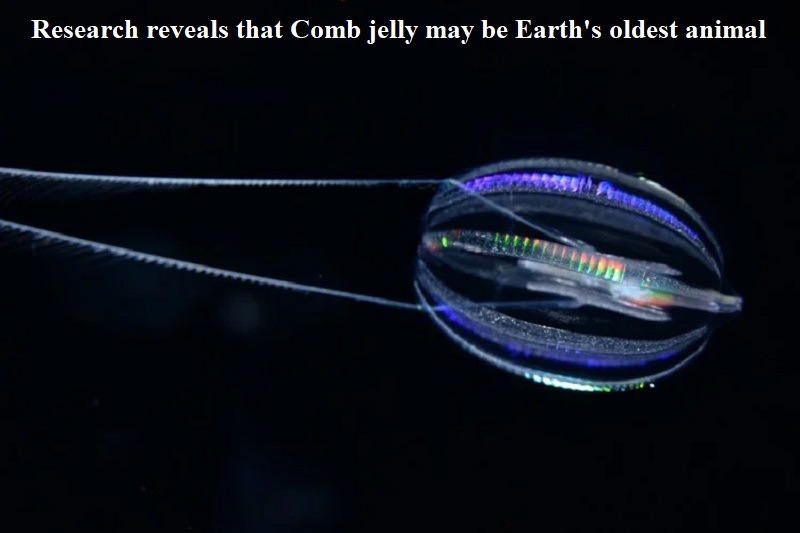
A recent study published in the journal Nature has potentially identified the first animal to have walked the Earth 700 million years ago, according to researchers. In a press release from the University of California Berkeley, scientists have proposed that the first animal was likely a comb jelly, also known as a ctenophore, which is a predator that hunts for prey in ocean waters.
Comb jellies, although resembling jellyfish, are distinct from them as they move through water using cilia instead of tentacles. They can be found in seas worldwide and play a vital role in marine ecology.
Daniel Rokhsar, a professor at UC Berkeley and co-author of the study, explained, “The most recent common ancestor of all animals probably lived 600 or 700 million years ago. It’s hard to know what they were like because they were soft-bodied animals and didn’t leave a direct fossil record. But we can use comparisons across living animals to learn about our common ancestors.”
The question of whether sponges or ctenophores evolved first has long been debated. While sponges spend most of their lives in one place, filtering water through their pores to gather food particles, experts have previously suggested that sponges emerged before ctenophores due to their basic characteristics. However, this new research indicates that while sponges did emerge early, ctenophores were likely the second group to evolve.
To reach this conclusion, scientists analyzed the arrangement of genes in the creatures’ chromosomes. Ctenophore chromosomes were found to differ significantly from those of sponges, jellyfish, and other invertebrates, suggesting that ctenophores may have evolved much earlier or later than the other groups.
The study’s co-author, Daniel Rokhsar, explained, “At first, we couldn’t tell if ctenophore chromosomes were different from those of other animals simply because they’d just changed a lot over hundreds of millions of years. Alternatively, they could be different because they branched off first, before all other animal lineages appeared. We needed to figure it out.”
When comparing the chromosomes of diverse animals and non-animals, the researchers discovered that ctenophores and non-animals shared specific gene-chromosome combinations, while the chromosomes of sponges and other animals exhibited distinct rearrangements.
This newfound understanding is crucial for comprehending the fundamental behaviors of all animals, including humans, today. It sheds light on how animals and humans move, consume, and perceive their immediate environment.

Post Your Comments